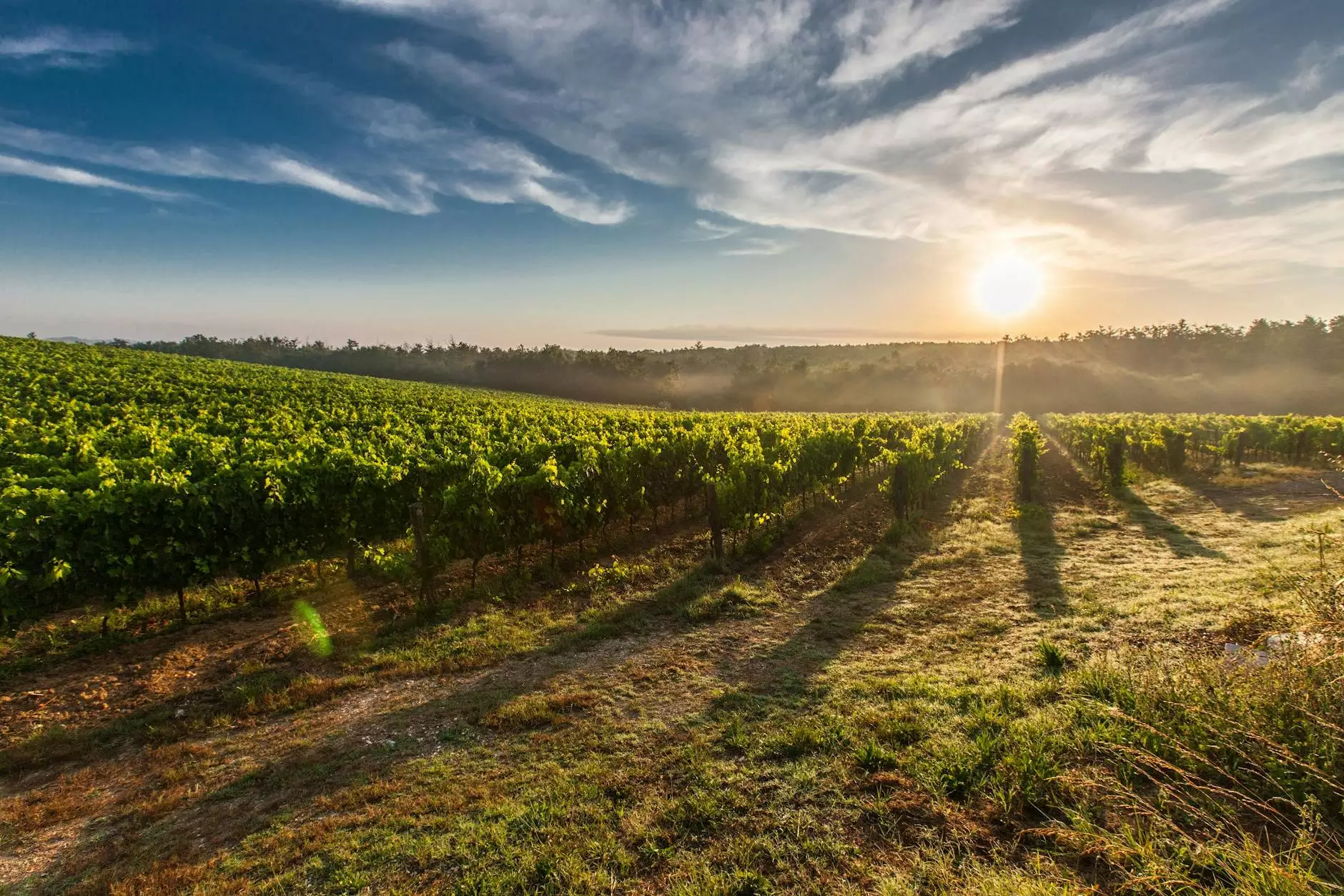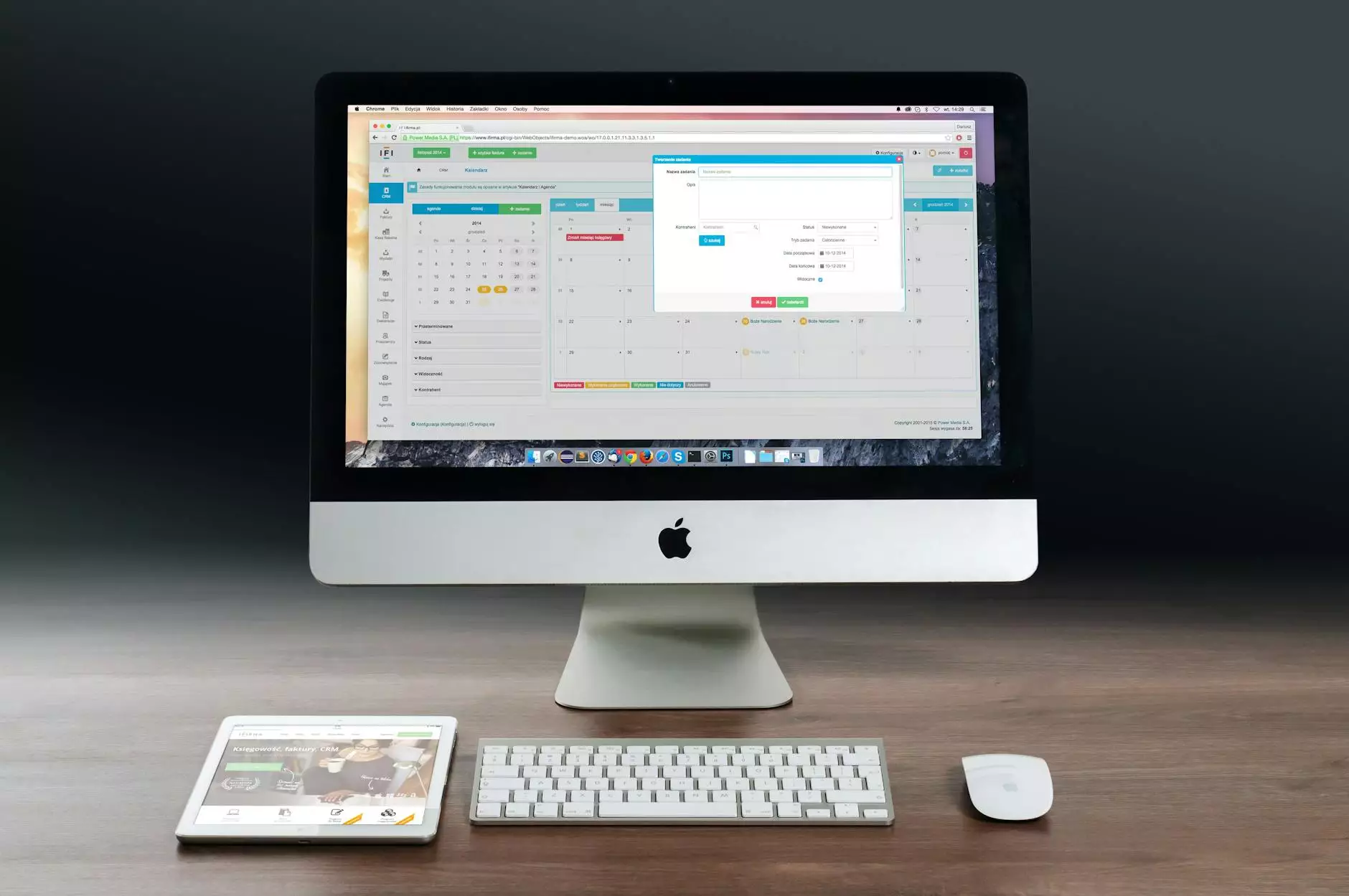Transforming Agriculture with Agro Drones: Revolutionizing Farming Practices

Introduction to Agro Drones
Agro drones are quickly becoming an essential tool in modern farming, revolutionizing the way we approach agriculture. These advanced technological devices are designed specifically for agricultural purposes, enabling farmers to enhance their productivity, reduce costs, and promote sustainability. The integration of drone technology within the agricultural sector marks a significant leap forward, allowing for a detailed analysis of crop health, efficient resource management, and overall optimization of farming practices.
The Rise of Drone Technology in Agriculture
As the demand for food production escalates globally, the agricultural sector faces immense pressure to increase yield while maintaining sustainable practices. Enter agro drones, a game-changing solution that promotes precision farming. These drones are equipped with sophisticated sensors and cameras that provide farmers with critical insights into their fields.
Key Features of Agro Drones
- Real-Time Data Collection: Agro drones offer real-time monitoring of crops, enabling farmers to gather comprehensive data to make informed decisions.
- Multi-Spectral Imaging: Drones equipped with multi-spectral cameras can assess crop health by analyzing light reflected from plants.
- Automated Spraying: Many agro drones feature automated spraying systems, allowing for precise application of fertilizers and pesticides, reducing waste and environmental impact.
- Soil Analysis: Drones can facilitate detailed soil analysis, which helps in determining the best crops to plant and diagnosing potential soil issues.
Advantages of Using Agro Drones in Farming
The benefits of utilizing agro drones are vast and varied, impacting multiple areas of farming:
1. Enhanced Crop Monitoring
With the help of high-resolution aerial imagery, farmers can effectively monitor crop health and development. This allows for early detection of diseases and pests, which can significantly minimize loss and maximize yield. By regularly analyzing crop conditions, farmers can apply interventions more effectively, enhancing the overall farming process.
2. Increased Efficiency and Cost Savings
Utilizing agro drones helps reduce labor costs and time spent on traditional farming methods. For instance, drones can cover large areas of farmland in a fraction of the time it would take for a person to do so on foot or using vehicles. Additionally, automated spraying functionalities reduce the amount of chemicals used, helping save on inputs while protecting the environment.
3. Precision Agriculture
Agro drones play a crucial role in the practice of precision agriculture, which involves managing variability in fields to optimize returns on inputs. Through detailed mapping and analysis of soil and crop data, farmers can make informed decisions that enhance productivity and sustainability.
4. Data Availability for Strategic Planning
The data collected by agro drones can be invaluable for farmers, enabling data-driven decision making. This data can be analyzed over time to understand trends and make strategic decisions regarding planting, irrigation, and harvesting schedules, ultimately improving overall management practices.
How Agro Drones Operate
The operational mechanism of agro drones involves various advanced technologies that allow them to perform essential agricultural tasks with precision:
1. Flight Planning
Modern agro drones come equipped with sophisticated software that allows farmers to plan flights over their fields easily. This software can automate the flight path, ensuring thorough coverage of the land area.
2. Data Acquisition
During flights, agro drones gather a multitude of data types. From standard RGB images that capture the visible spectrum to infrared and thermal imagery for assessing plant health, the variety of data collected provides comprehensive insights into the agricultural landscape.
3. Data Analysis
Once the data is gathered, it can be processed using various analytical tools. These tools facilitate the creation of field maps that can showcase crop health, moisture levels, and more. Farmers can then interpret this data to implement precise farming techniques.
The Future of Agro Drones in Agriculture
As we move forward, the evolution of agro drones is set to contribute significantly to agricultural practices. Innovations such as Artificial Intelligence (AI) and Machine Learning (ML) will further enhance the capabilities of drones, enabling predictive analytics that could transform the future of farming.
1. Autonomous Drones
Future agro drones may become completely autonomous, capable of completing tasks without human intervention. These drones could be programmed to keep a regular schedule for crop monitoring and maintenance, offering a hands-free solution for farmers.
2. Integration with IoT
As the Internet of Things (IoT) becomes more prevalent in agriculture, agro drones will play a prominent role in connecting various devices. By working in unison with IoT sensors placed in fields, drones can provide more accurate and timely insights into agricultural operations.
3. Sustainable Practices
The ability of agro drones to apply inputs precisely will help in implementing more sustainable farming practices. By minimizing wastage and ensuring optimal use of resources, drones will contribute to reducing the environmental footprint of agriculture.
Challenges and Considerations
While the benefits of agro drones are substantial, several challenges must be addressed to ensure their effective integration into agricultural practices:
1. Regulatory Framework
The use of drones is often subject to regulatory constraints. Farmers must be aware of and comply with local regulations regarding drone usage, airspace restrictions, and privacy laws.
2. Initial Investment
Though agro drones can lead to long-term savings, the initial cost of purchasing drones and software can be significant, deterring some farmers from making the investment.
3. Technical Knowledge
Farmers may require training to effectively use and maintain agro drones. Ensuring that they have the technical expertise needed to operate drones and analyze data is crucial for maximizing benefits.
Conclusion
The integration of agro drones into agricultural practices is a powerful advancement that holds the potential to transform the farming industry. By enhancing crop monitoring, increasing efficiency, and promoting sustainable practices, these drones can help meet the growing global food demands while preserving the integrity of the environment. As technology continues to advance, so will the capabilities of agro drones, offering exciting possibilities for the future of agriculture.
Call to Action
To stay ahead in agriculture, consider adopting agro drones as part of your farming strategy today. Explore the possibilities at a-drones.com and discover how drone technology can revolutionize your farming practices.









